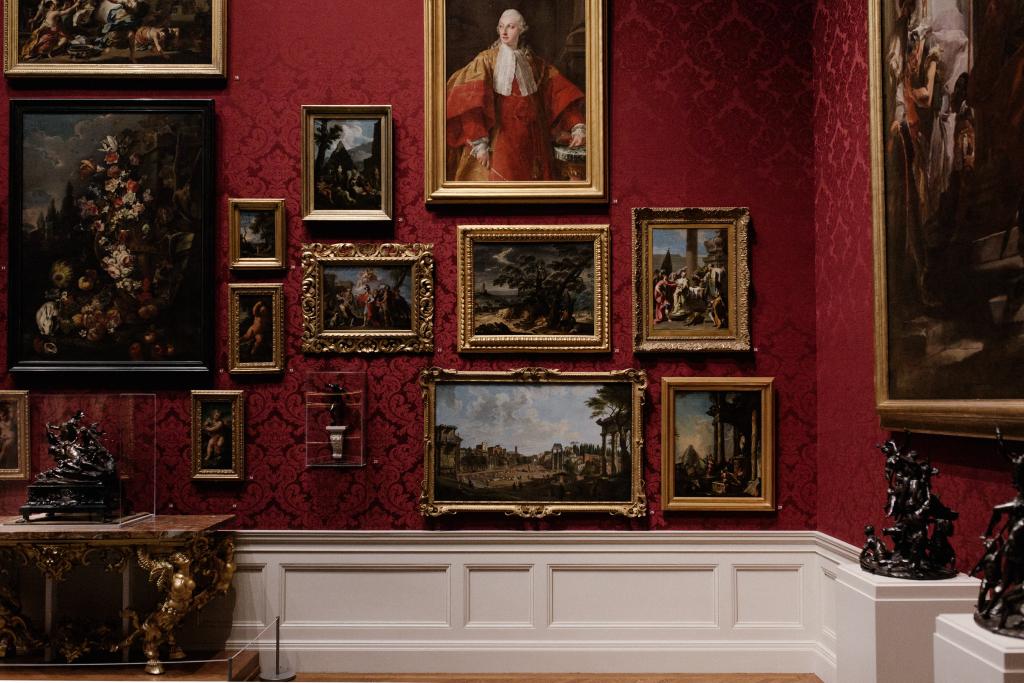
If you were to sell a work of art on the strength of professional advice only to see it sold on soon afterwards for a very much higher price, you might be forgiven for feeling hard done by. However, as a guideline High Court ruling showed, it by no means necessarily follows that the advice you received was negligent.
A family trust engaged an art dealership to act as its agent in the sale of a painting. A sale price of £1.15 million was achieved. It was agreed that, if it were a mere copy of a well-known 18th century painter’s work, it would have been worth a fraction of that sum. However, if it were an entirely autograph original of the painter’s work – in the sense of being perceived to be entirely by the artist concerned – it would have been worth a great deal more.
A deep clean of the painting following the sale uncovered a previously undiscovered signature. The work was hailed as a rediscovered masterpiece and, a few months after the original sale, it was sold on to a collector for an ostensible price of $10.5 million. The trust’s response was to launch proceedings against the dealership, asserting that the painting had been negligently undersold.
In dismissing the claim and exonerating the dealership, however, the Court noted that there was no doubt in its mind at the relevant time that the painting was correctly attributed to the painter and his studio, rather than to the painter alone. Arguments that it had sold the work under a misapprehension that it was merely an anonymous copy of the artist’s work were clearly wrong.
The trust’s claim that the dealership should have obtained a second opinion from a leading independent expert regarding the painting’s attribution also fell on fallow ground. The dealership believed that, if the painting were referred to the expert, there would be a significant risk that he would deliver a negative verdict, thereby harming its marketability and value.
The dealership was concerned that uncertainty as to the extent of the painter’s role in creating the work would affect its market reception and that the outcome might be a very public failed sale. It took the view that a trade sale to an art market buyer who was prepared to take the associated risks was the preferable course of action. It believed that it had thereby obtained the correct price for the work.